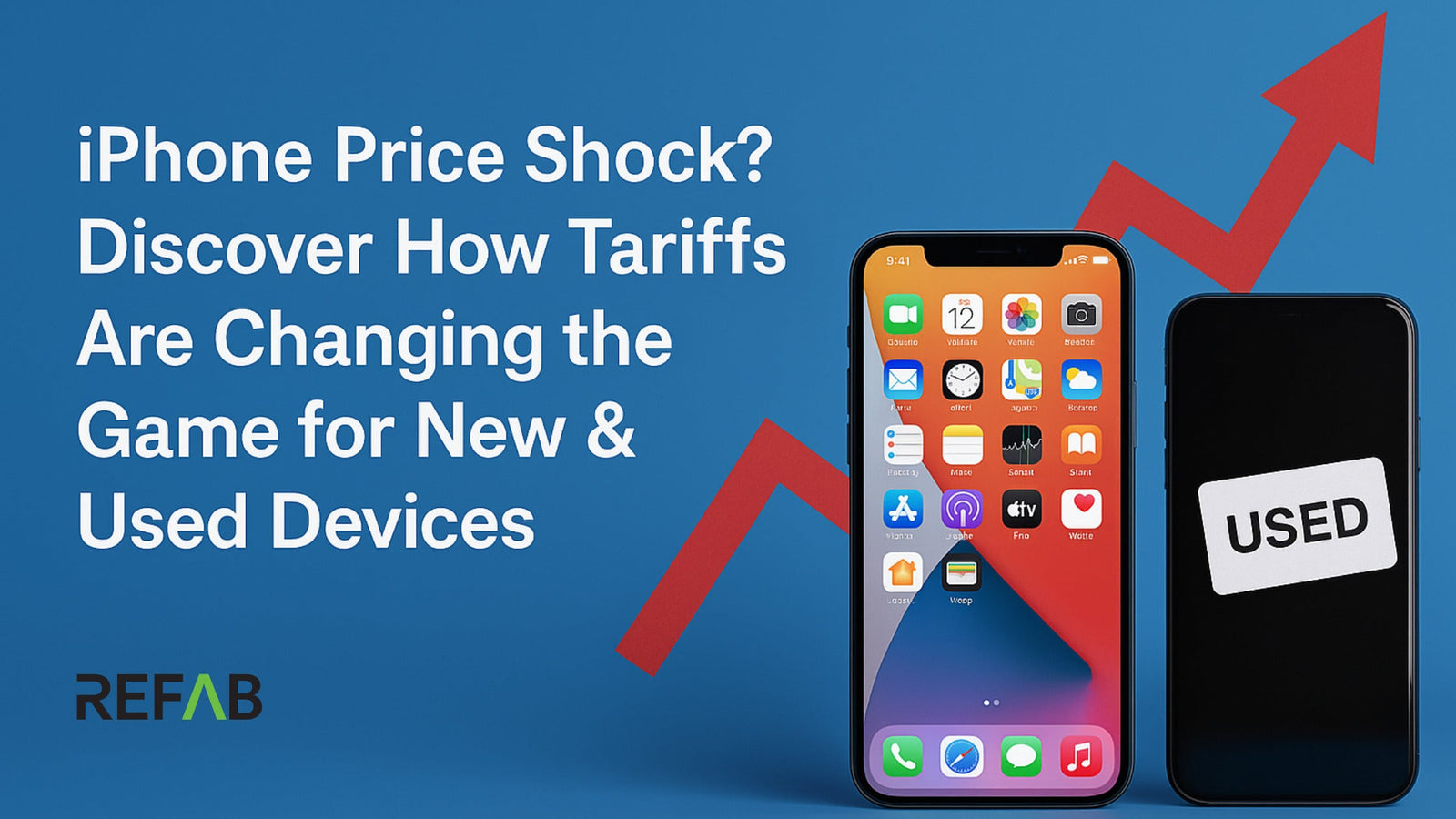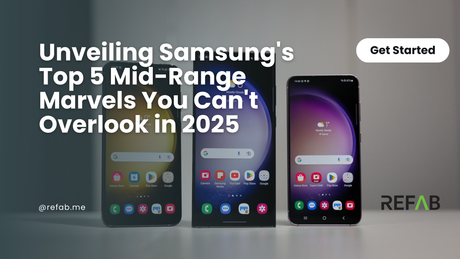Introduction: A Storm Brews in the Smartphone World
The smartphone industry is no stranger to global disruptions, but the latest wave of U.S. tariffs on Chinese imports is rewriting the rules of the game, especially for iPhones. These policy changes are sending shockwaves across the market, affecting not just new devices but also the thriving used and refurbished iPhone ecosystem.
So what exactly is happening, and how will it affect your next iPhone purchase?
Let’s dive deep.
USA: What’s Happening: Tariffs Hit Chinese-Made Electronics Hard
On April 8, 2025, the U.S. government imposed a 104% tariff on Chinese imports — including smartphones, tablets, and laptops — in an attempt to reduce dependency on Chinese manufacturing and encourage local production.
Key Highlights:
-
iPhones are directly impacted, as ~90% of Apple’s iPhones are currently manufactured in China.
- Tariffs are causing iPhone production costs to jump from ~$580 to ~$850.
- Retail prices of new iPhones are expected to rise from ~$799 to over $1,500.
- A rush to buy existing inventory is being observed before prices soar.
- [Source: NYPost | Wired | MarketWatch]
Impact on the New iPhone Market
Higher tariffs = Higher costs = Higher prices for customers.
What This Means:
- New iPhones could become luxury purchases instead of everyday devices.
- The flagship iPhone price may cross ₹1,25,000 (~$1,500) in global markets.
- Users are rushing to upgrade now before hikes fully roll out.
- Apple’s margins are squeezed, potentially impacting innovation cycles.
Shift in Consumer Behavior: Rise of the Used iPhone Market
As new iPhones become more expensive, customers are turning to used, renewed, and refurbished iPhones — not just as budget options but as smart choices.
What to Expect:
- Increased demand for pre-owned devices, especially in emerging markets like India, UAE, and Southeast Asia.
-
Used iPhone prices may rise due to supply shortages.
- The refurbished market becomes a viable alternative for environmentally conscious and cost-aware consumers.
- Platforms offering certified renewed iPhones will see more traction.
Apple’s Strategic Response: $500 Billion Move
Apple has announced a $500 billion investment in domestic manufacturing across the U.S. — a long-term move to localize supply chains and reduce exposure to geopolitical volatility.
Why This Matters:
- New U.S.-based plants will take years to reach full capacity.
- In the short term, tariff-related price increases will remain.
- Apple might look to India and Vietnam for expanded production to balance global costs.
But until these changes roll out globally, both new and used iPhones will feel the pressure of increased costs.
Broader Impact on Consumer Electronics
Apple is not alone. Other brands relying on Chinese manufacturing — such as Samsung, Lenovo, and Xiaomi — are also facing increased component costs and shipping delays.
As a result:
- Tablets, laptops, and smartwatches are also seeing price surges.
- Analysts are calling this a “Category 5 price storm” in the electronics sector.
- The entire global supply chain is being reevaluated by tech giants.
In short, the effects go far beyond just iPhones.
Final Thoughts: What Should You Do as a Consumer?
Whether you're an iPhone loyalist or a budget shopper, here's what you should keep in mind:
-
Stay informed — understand where and when you're buying.
-
Act fast — if you're planning an upgrade, delays could cost more.
- Explore refurbished options — they offer value, reliability, and sustainability.
Pro Tip for Apple Lovers
If you're looking to score a new or renewed iPhone at unbeatable prices in the Gulf region, check this out:
👉 https://www.refab.me/collections/refurbished-iphone-uae







